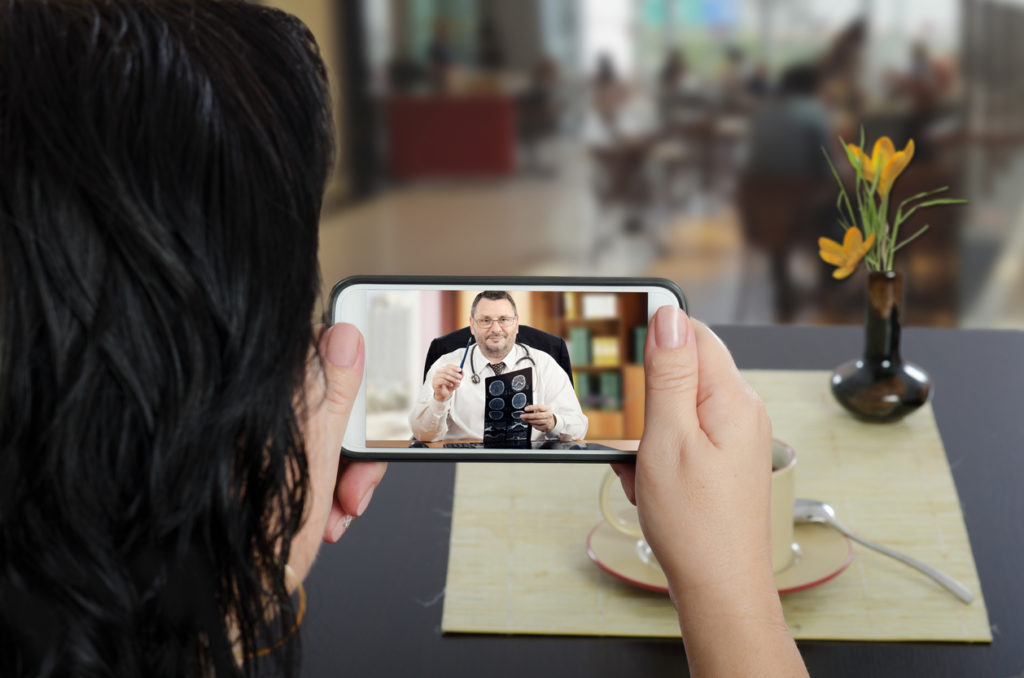The healthcare industry has evolved throughout the decades. With the current technological advances, delivering healthcare services has been streamlined. Although many of us still go to a brick-and-mortar doctor office, other alternatives have emerged in the healthcare industry. Most recently, there has been a rise in telehealth services, among other types of healthcare trends.
As a result of the changing times, the healthcare industry continues to evolve. New trends emerge every day to improve the quality, accessibility, and convenience of healthcare services. Many of these healthcare marketing trends have made a significant difference and they are here to stay in the long term.
Let’s learn about the six emerging trends in the healthcare industry recently.
1. Telehealth
As technology has evolved, many healthcare services can be done completely online. Telehealth has become a predominant form of delivering service, allowing patients to consult their doctors through a virtual platform. However, telehealth is still a new and developing trend. Some users, who are not yet adept at digital communication, may feel confused about using telehealth.
A big trend to make telehealth easier has to do with improving the user experience. Audiences want their services to be delivered in a simple format at the end of the day. Healthcare providers are constantly simplifying the logistics of telehealth to make delivering services more accessible. Thinking of things from the patient’s perspective will be helpful here, as you make improvements to the telehealth system.

2. New Forms of Collaboration
As mentioned previously, healthcare professionals are now starting to meet patients in online settings. The same sentiment can be applied to collaborating in a professional manner. Online apps can be used as a meeting space for doctors and nurses, should the need to work together arise.
Newer forms of collaborative spaces are also becoming part of the norm. Expect to see virtual reality applied to these platforms, where healthcare providers can be represented by avatars. Not only does this make collaboration more fun, but it can streamline collaboration for decades!
3. Conferencing
Healthcare professionals from all walks of life will have to attend a general meeting at some point. This event allows like-minded professionals to meet, network, and look at innovative approaches in the industry. In terms of how conferencing is being presented, a number of options are now available.
Of course, there is the category of virtual conferencing, which has become predominant over the last year. Going into the future, healthcare professionals can expect to see a hybrid form of conferencing. Some may be over a Zoom meeting, while others may require the individual to physically be present.
4. Increased Engagement
Ever since healthcare has been transitioning online, there is a bigger push for increased engagement between the health practitioner and the patient. In order to maximize the effectiveness of telehealth, many healthcare professionals are diversifying their digital presence. This means that doctors or nurses may be available on social media.
Omnichannel assets can be incredibly useful for the healthcare provider, while also being beneficial to a patient. There are now a number of great ways to reach your doctor instead of just a sole channel. This ends up eliminating the need to be put on hold on a phone line, for instance. Patients can also engage with the healthcare practitioner through email, social media, or other online channels.
5. Evolving Medicine
When it comes to delivering healthcare to patients, the usual process can be regarded as routine. A patient goes into an office, gets their issue diagnosed, and leaves. As healthcare has evolved over the years, the amount of information patients receive can be overwhelming. Healthcare professionals are trying to change the feeling of this in totality.
One of the best ways to consolidate information when delivering it to patients comes via storytelling. Sometimes, information that can seem monotonous doesn’t have to be delivered in a bland manner. Doctors can use the information they like, and deliver it in an engaging, fun manner.
One only needs to look at the global COVID-19 pandemic to notice how healthcare has been impacted. Medicine will continually be on the rise, in terms of becoming much more efficient. With the implementation of new technology in administered vaccines, medicine will evolve to combat future viral threats!
6. Touchless Technology
Patients who have a difficult time trying to move their limbs may be in luck. With technology making healthcare operations much more efficient, a patient’s care will be aided tremendously. Touchless technology can be used in various situations in order to protect or help a specific patient. Innovative devices can now showcase how a body part is functioning without a touch!
There are numerous ways in which healthcare can grow in the future. Technology has been a huge asset in streamlining the patient experience. Although some trends may appear as if they are temporary, most of them are here to stay in the long term. MedPlace is at the forefront of emerging trends in the healthcare industry. To stay updated on the latest advancements and innovations, visit https://medplace.com/ and explore their comprehensive resources. Stay updated on these healthcare industry trends and adapt them to keep with the times!
